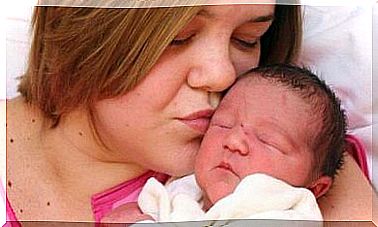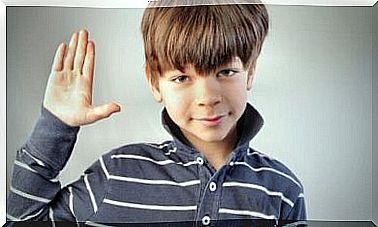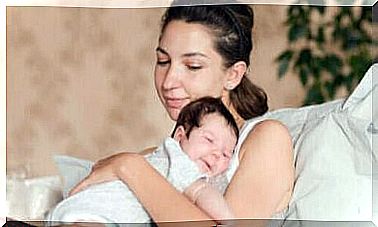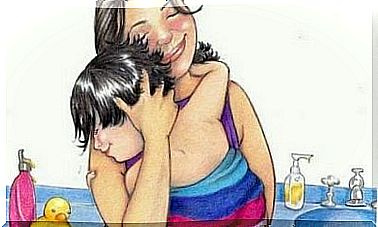How Does Passive Smoking Affect Children?

Until a few decades ago, smoking was allowed almost everywhere, and cigarettes were seen as a socially acceptable thing to do. At that stage, it was not yet known exactly how harmful passive smoking affects people.
Passive smoking refers to the exposure of bystanders to tobacco smoke when a smoker smokes tobacco. Today, it is known that passive smoking causes health problems in exactly the same way as active smoking.
Because the harms of passive smoking are well known today, smoking has been restricted in public places, restaurants, public transportation, and workplaces. Various campaigns have been seen around the world to warn people about the dangers of both active and passive smoking.
Unfortunately, these measures have also given rise to surprising negative phenomena in some countries. When parents were no longer allowed to smoke in offices, cafes, restaurants, and other public spaces, they began to smoke more at home or in the car, leaving children in the family unfortunately often present in the situation.
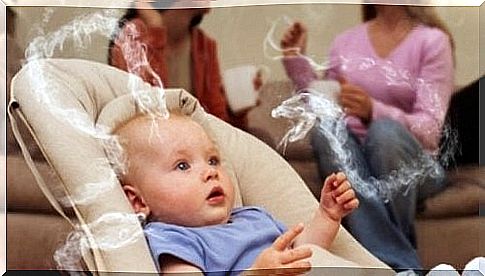
Passively smoking children
Environmental tobacco smoke consists mainly of the smoke from the side stream of the cigarette, i.e. the smoke released from the burning end of the cigarette. Due to the combustion conditions, the concentration of many harmful substances is in fact higher in the sidestream smoke than in the mainstream smoke drawn directly into the lungs. This means that, especially in a poorly ventilated space, concentrations of harmful substances in the air can become high.
Legislation restricting smoking has reduced the amount of passive smoking in the adult population. According to a study by the University of Granada, Spain, unintentional nicotine consumption has fallen by as much as 90%. However, the same study shows that children are one of the biggest passive smokers today.
In Finland, one in ten children is exposed to tobacco smoke, which can, for example, weaken the immune system, irritate the respiratory tract and increase the risk of recurrent inflammatory diseases and asthma. It is also good to remember that studies show that children of parents who smoke are more likely to start smoking themselves. The attitude of the parents is therefore of great importance for the child’s future.

It is important for a woman to stop smoking immediately after the onset of pregnancy, as smoking can cause developmental and growth disorders in the fetus, increase the risk of the child becoming ill, and slow down the child’s learning and other development.
How do passive smoking affect children?
- Cot death. Tobacco smoke increases the risk of sudden death in young children.
- Resistance. Passive smoking weakens a child’s resistance.
- Respiratory diseases. Passive smoking can cause irritation to the eyes, throat, and respiratory tract, in addition to increasing the risk of recurrent inflammatory diseases, asthma, and allergies. A child exposed to tobacco smoke can suffer from chronic cough, bronchitis and pneumonia.
- Ear infections. Exposure to tobacco smoke can also cause recurrent ear infections.
- Cancer. Exposure to carcinogens increases the risk of different types of cancer. According to a 2006 study by the U.S. government, passive smoking increases the risk of lung cancer by as much as 20-30 percent.
- Heart disease. Symptoms of circulatory diseases usually do not appear until adulthood, but the anatomical changes that lead to them may be reversed in childhood. According to the above study, exposure to tobacco smoke increases the risk of heart disease by 25-30 percent.


